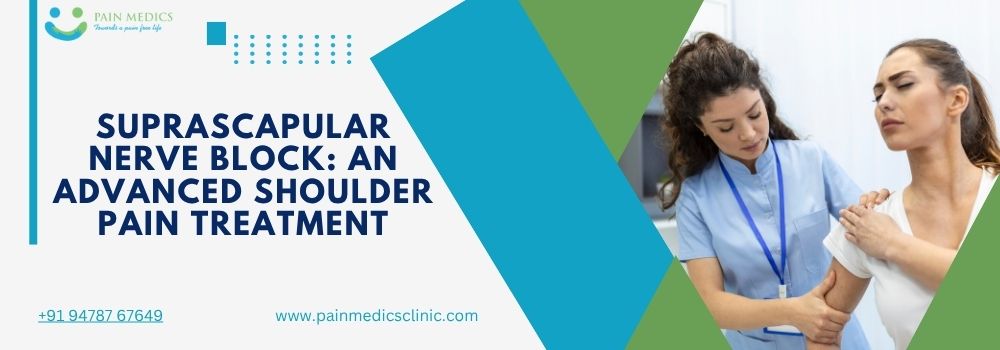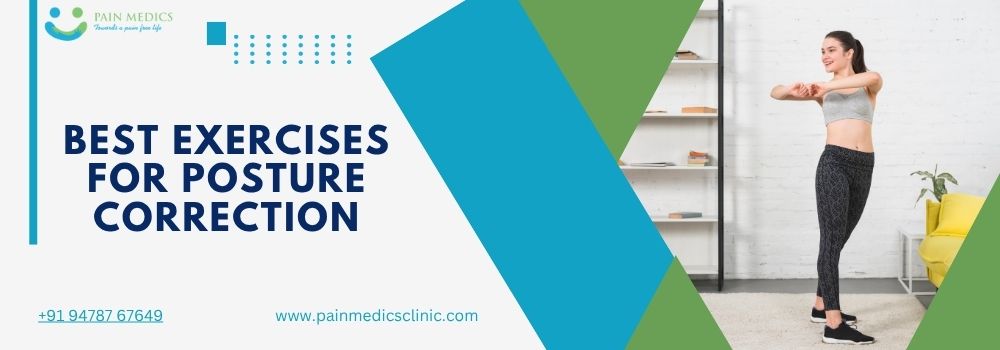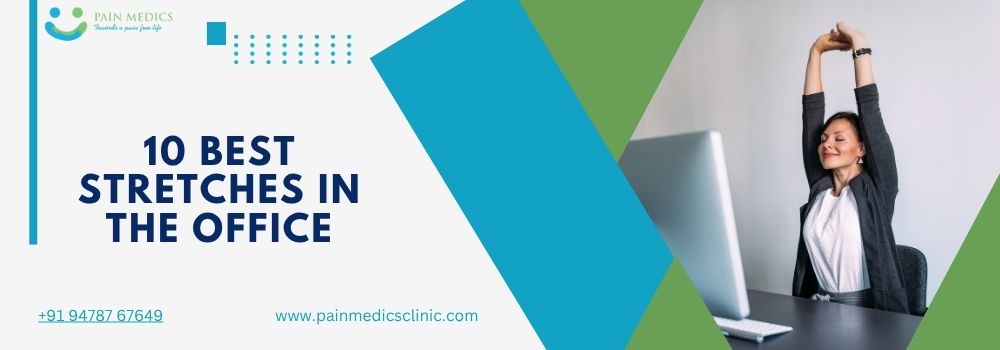Spinal Stenosis, or spinal canal stenosis, is a condition where the spinal cord or the nerves exiting from it are compressed due to reduced space around them. The spinal canal is the passageway through each vertebra in the spine, which houses the spinal cord. With less room in the spinal canal, it pinches the spinal cord and the nerve roots that exit from it. Reduction in space may irritate, compress, or pinch the spinal cord or nerves, thereby giving back pain and other nerve-related symptoms such as sciatica. Several conditions and traumas can produce a narrowing of the spinal canal.
Spinal stenosis can occur in anyone, but it is frequently observed in persons 50 years and above. It usually affects two different areas of the spine:
- Lower back (lumbar spinal stenosis): The lumbar spine comprises five vertebrae (bones) in the lower back. The lumbar vertebrae, as they are labelled L1 to L5 and are the largest of all vertebrae within the spine.
- Neck (cervical spinal stenosis): The cervical spine is made up of seven vertebrae in the neck from C1 to C7.
Symptoms of Spinal Stenosis
Depending on the location and severity of the spinal stenosis, one may experience the following sensations in the neck, back, arms, legs, hands, or feet:
- Back or Neck Pain
- Tingling, Numbness or current-like sensations travelling down the arm or leg
- Reduced walking distance in case of lumbar canal stenosis
- Weakness.
Spinal stenosis typically develops gradually over time. Because of this, one may not exhibit any symptoms for some time, even if it is visible on X-rays or other imaging assessments. Symptoms can fluctuate and may manifest differently in each individual.
Symptoms of Lumbar (Lower Back) Spinal Stenosis
The indications of lumbar spinal stenosis consist of:
- Discomfort in the lower back.
- Pain that starts in the buttocks and travels down the leg, potentially reaching down the foot.
- A heavy sensation in the legs, which may result in cramping in either or both legs.
- Numbness or tingling (“pins and needles”) in the buttocks, leg, or foot.
- Discomfort that intensifies when one stands for prolonged periods, walks, or descends slopes.
- Reduced walking distance with patients typically giving a history of gradual reduction in the distance covered during morning or evening walks.
- Pain that alleviates when one leans forward, walks uphill, or sits.
Symptoms of Cervical (Neck) Spinal Stenosis
One can experience cervical spinal stenosis symptoms anywhere below the site of nerve compression in the neck. These symptoms include:
- Pain in the neck.
- Numbness or tingling in the arm, hand, leg, or foot.
- Weakness or reduced grip in the arm, hand, leg, or foot.
- Problems with balance.
- Reduced functionality in the hands, such as difficulties with writing or buttoning shirts.
Diagnosis of Spinal Stenosis
A detailed history by the patient usually gives a fair idea about the diagnosis. A good physical examination further leads to diagnosis. Also, an imaging test may be required for further help in diagnosing the problem.
Imaging tests include:
X-rays
An X-ray taken of the back can show what changes might be occurring in the bones that could be closing the space within the spinal canal. Note: A very small amount of radiation is used in each X-ray.
Magnetic resonance imaging (MRI)
MRI uses a strong magnetic field along with radio waves to produce images of both hard and soft tissues in great detail. It can confirm damage to the disks, damage to the ligaments, or the presence of tumours.
Computerised tomography (CT)
If one can’t have an MRI, then one may require a CT scan. This test is a combination of X-ray images taken from different angles. In the cases of a CT myelogram, a contrast dye is injected into the spinal area to contrast with the spinal cord and nerves so that herniated discs, bone spurs, and tumours can be seen clearly.
Treatment of Spinal Stenosis
Numerous treatment alternatives exist for spinal stenosis. The most suitable option for an individual is determined by factors such as the underlying cause, the specific location of the problem, and the intensity of symptoms. For mild symptoms, a healthcare practitioner might suggest starting with home care approaches. If these treatments prove ineffective and symptoms begin to escalate, the provider may advise physical therapy, medications, injections, and ultimately, surgical intervention.
Nonsurgical Treatments For Spinal Stenosis
Nonsurgical therapies primarily offer relief from the symptoms of spinal stenosis. These are:
- Oral medicines: Over-the-counter NSAIDS help in controlling inflammation and pain from spinal stenosis. It is important to check with the health care provider about the long-term consequences of taking these pills. They may prescribe pain modulators that can include gabapentin, an antiseizure drug, or tricyclic antidepressants such as amitriptyline. Muscle relaxants might be helpful if one observes muscle cramping or spasms.
- Physical therapy: The physical therapist will work with the patient to build an exercise program to maintain back health to increase strength, and improve balance, flexibility, and spinal stability. Strengthening the muscles in the back and abdomen (the core) will ensure stronger support for the spine. Physical therapists may also teach patients a walking technique that opens the spinal canal, alleviating nerve pressure.
- Minimally Invasive Procedures: Image-guided interventions around the inflamed nerves, consisting of a mixture of local anaesthetics and corticosteroids in low dose, help to reduce the inflammation and give pain relief, thereby improving functionality of the patient.
Surgical Treatments For Spinal Stenosis
Spinal stenosis is very complex, and the spine is a very sensitive area. Therefore, surgery is only considered if all other treatment modalities fail. If expert care is sought early in the course of the disease, a lot of patients can manage an active life without the need for surgery.
A lot of these surgical interventions are carried out by minimally invasive techniques these days, ensuring early recovery.
Surgical options for the spine include:
- Laminectomy: This is the most common surgical method performed for spinal stenosis. It involves removing the lamina, a portion of the vertebra. Ligaments and bone spurs may also be removed by the surgeon. This surgery gives more space for the spinal cord and nerves.
- Laminotomy: This means partial laminectomy, in which only a small portion of the lamina part exerting the most pressure on the nerve is removed.
- Laminoplasty: This surgery is carried out only in the neck (i.e., cervical spinal stenosis). It involves the removal of part of the lamina to widen the canal; metal plates and screws are then used to create a hinged bridge where the bone was removed.
- Foraminotomy: The foramen is the part of the vertebrae through which nerve roots exit. This operation removes bone or tissue in that area to create more space for the nerve roots.
- Interspinous process spacers: It is a minimally invasive procedure for lumbar spinal stenosis for certain patients. The surgeon will place spacers between the bones that protrude from the back of each vertebra, called the spinous processes. The spacers keep them separated adequately.
- Spinal fusion: Health professionals resort to spinal fusion as a final measure. It is considered only if one experiences radiating nerve pain from spinal stenosis, the spine lacks stability, and other treatments have not provided relief. Spinal fusion surgery permanently connects (fuses) two vertebrae together. The major disadvantage of this intervention is reduced flexibility and mobility, which needs to be weighed against suffering because of pain.







